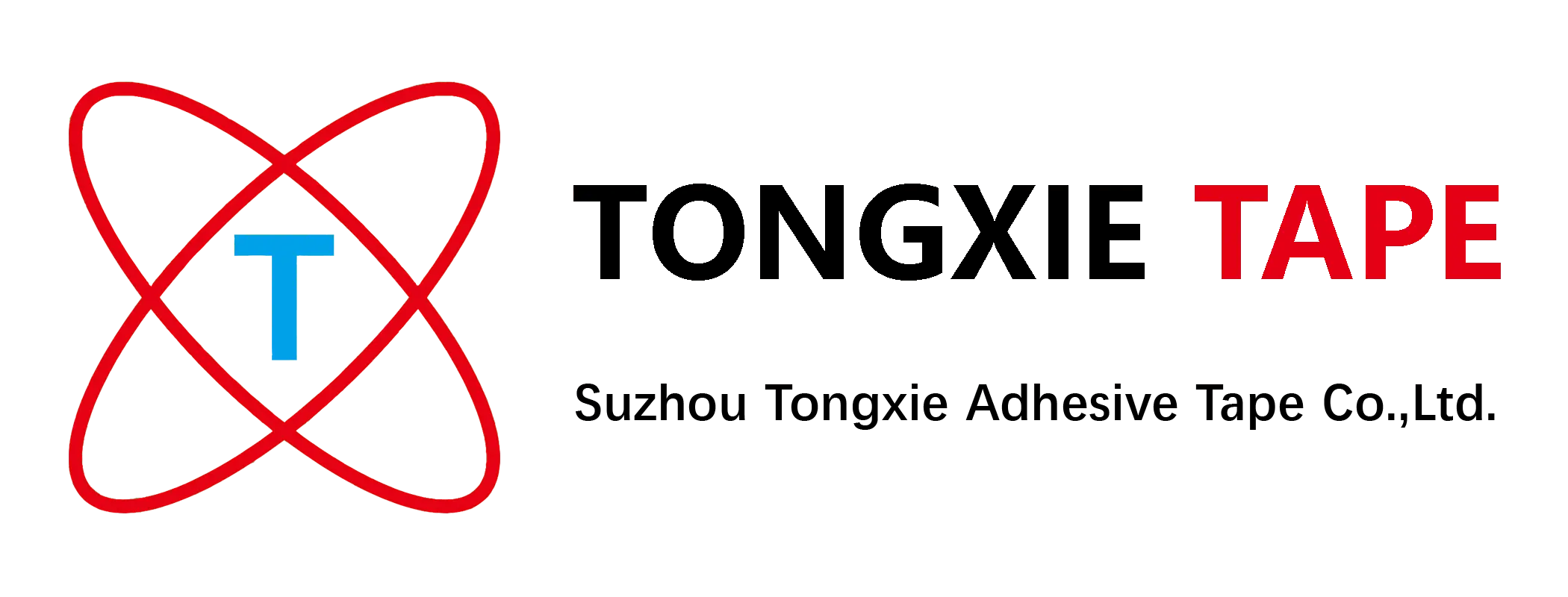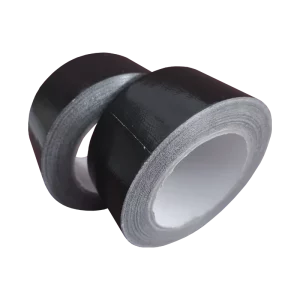
Introduction
Duct tape, known for its versatility and strength, is a staple in many toolkits. From quick household repairs to industrial applications, duct tape has found a unique place in modern life. This article delves into its origin, uses, and common questions.
Why is Duct Tape Called Duct Tape?
The name “duct tape” comes from its initial use as a waterproof sealant in ductwork. Originally created during World War II, duct tape was initially called “duck tape” because of its water resistance, similar to a duck’s feathers. Later, it became popular in the HVAC industry to seal ducts, and the name “duct tape” stuck.
Common Uses of Duct Tape
Duct tape is known for its strong adhesion and flexibility. Here are some popular uses:
- Household Repairs
Duct tape can fix almost anything, from minor plumbing leaks to cracked furniture. Its adhesive strength and waterproof qualities make it perfect for emergency repairs. - Industrial Applications
In various industries, duct tape use extends to bundling materials, temporary fixes, and even marking areas. It’s valued for its ability to withstand extreme conditions. - DIY and Crafts
Duct tape’s availability in various colors and patterns has led to its use in crafts, such as wallets, flowers, and even clothing items. - Outdoor Uses
Duct tape is a favorite in outdoor activities like camping. It can be used to patch tents, repair gear, or even create makeshift bandages.
Can Duct Tape Melt?
Yes, duct tape can melt if exposed to extreme heat. The adhesive used in duct tape is generally heat-resistant but has a limit. Most standard duct tapes can withstand temperatures up to about 200°F (93°C), beyond which the adhesive may soften and lose its stickiness.
Is Duct Tape Conductive?
Standard duct tape is not conductive, which makes it suitable for insulating or marking cables. However, it’s essential to note that duct tape is not a substitute for proper electrical insulation, as it may not hold up under high voltage or prolonged exposure to heat.
Original Use for Duct Tape
The original use for duct tape was to provide a waterproof seal for ammunition cases during World War II. Soldiers quickly recognized its versatility and began using it for other repairs in the field. After the war, duct tape transitioned into civilian life and became an essential tool for HVAC duct sealing.
FAQs About Duct Tape
- Why is duct tape called duct tape?
Duct tape got its name from its post-war use in sealing HVAC ducts. - What are the main uses of duct tape?
Duct tape is used in household repairs, industrial applications, DIY projects, and outdoor activities. - Can duct tape melt?
Yes, duct tape can melt under high temperatures, especially above 200°F. - Is duct tape conductive?
No, standard duct tape is non-conductive, but it is not a substitute for electrical tape.
Conclusion
Duct tape remains one of the most adaptable tools, with a history stretching from military uses to everyday repairs. Whether sealing ducts or creating DIY crafts, duct tape’s functionality and resilience make it indispensable.

